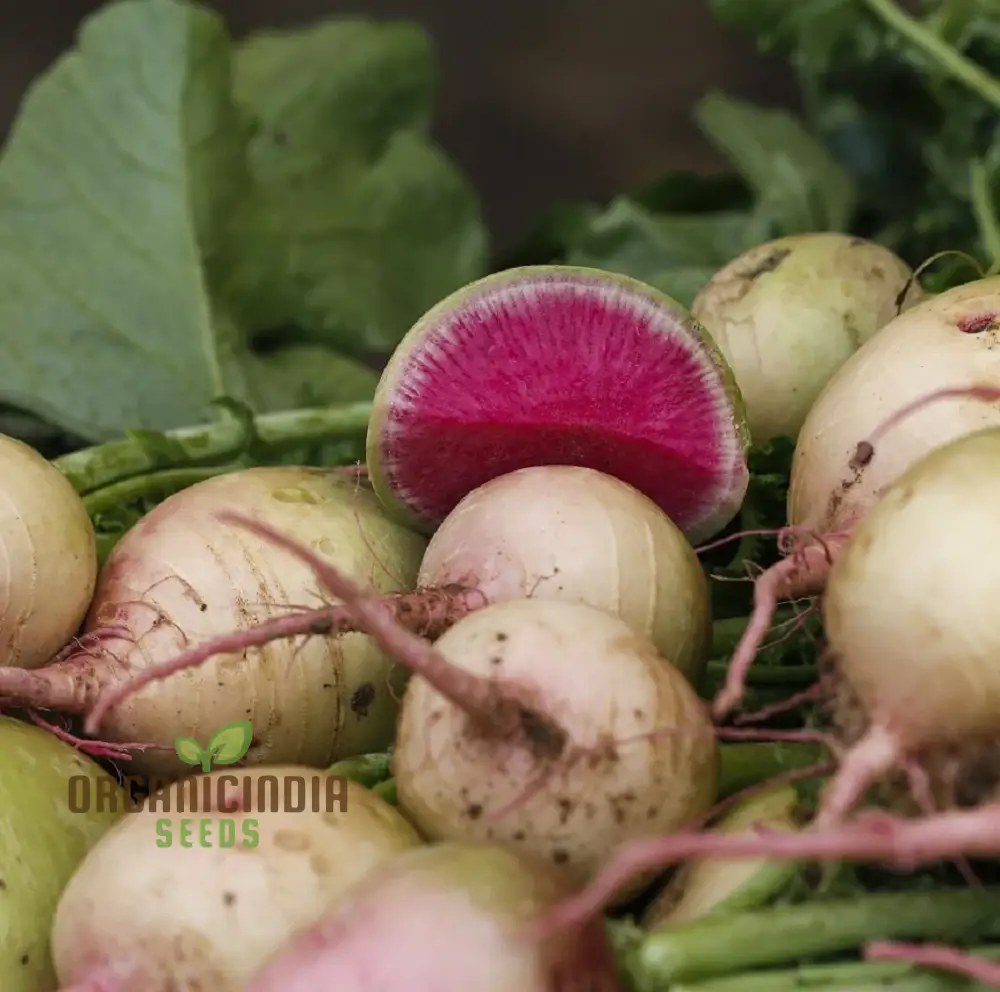The Ultimate Guide to Growing Blueberries at Home: A Complete Gardener's Handbook
Blueberries are not just delicious, they are also among the healthiest fruits you can grow in your garden. These nutrient-rich berries are packed with antioxidants, vitamins, and minerals, and can be grown successfully in home gardens, pots, or raised beds.
In this guide, we will explore everything you need to know about growing blueberries — from when and where to plant, how to care for them, companion plants, and the benefits they offer.
About Blueberries
Blueberries (Vaccinium spp.) are perennial, fruit-bearing shrubs native to North America. They belong to the Ericaceae family and are well-known for their sweet, tart berries and ornamental appeal with beautiful spring flowers and colorful fall foliage.
There are several types of blueberries, but the most common for home gardens are:
-
Highbush Blueberries (Vaccinium corymbosum)
-
Lowbush Blueberries (Vaccinium angustifolium)
-
Rabbiteye Blueberries (Vaccinium virgatum)
Blueberries not only provide fresh fruits but also attract pollinators and add beauty to your garden.

Why Grow Blueberries?
Here are some compelling reasons to add blueberries to your garden:
- Superfood Status: Rich in antioxidants, fiber, and vitamins A, C, and K.
-
Perennial Crop: Once established, they will produce fruit for years.
-
Ornamental Value: Beautiful flowers, foliage, and berries.
-
Adaptable: Can be grown in the ground, raised beds, or containers.
-
Pollinator Friendly: Attracts bees and other beneficial insects.
When to Plant Blueberries
The best time to plant blueberries is during their dormant season:
-
Late Fall to Early Spring: In regions with mild winters.
-
Early Spring: In colder areas, plant as soon as the ground can be worked.
Ensure you plant when there is no risk of severe frost.
Where to Plant Blueberries
Choose a location that meets these conditions:
-
Full Sun: At least 6-8 hours of sunlight daily.
-
Acidic Soil: Blueberries require acidic soil with a pH of 4.5 to 5.5.
-
Well-Drained Soil: Avoid waterlogged areas; blueberries prefer loamy or sandy soil enriched with organic matter.
-
Sheltered Spot: Protect from strong winds to prevent damage.
For potted blueberries, use acidic potting mix suitable for azaleas or rhododendrons.
How to Plant Blueberries
Step 1: Prepare the Soil
Test the soil pH and adjust if necessary using sulfur or acidic organic matter.
Step 2: Planting
-
Dig a hole twice as wide as the root ball.
-
Plant the bush at the same depth it was growing in the nursery.
-
Space plants 3 to 4 feet apart if planting multiple.
Step 3: Water
Water thoroughly after planting.
Step 4: Mulch
Apply a 2-4 inch layer of organic mulch (pine needles, wood chips, or bark) to maintain soil acidity, moisture, and prevent weeds.

How to Care for Blueberries
Watering:
Blueberries need about 1-2 inches of water per week, especially during fruiting. Keep the soil consistently moist but not waterlogged.
Pruning:
Prune annually during late winter or early spring to remove dead or weak branches and promote strong, productive growth.
Fertilizing:
Use organic acidic fertilizer (formulated for blueberries or azaleas) in early spring and again after harvest.
Pest & Disease Management:
Blueberries are generally pest-resistant but can be affected by:
-
Birds (use netting)
-
Aphids
-
Fungal diseases like powdery mildew
Mulching:
Replenish mulch yearly to retain moisture and maintain soil acidity.
Companion Plants for Blueberries
Blueberries thrive when planted with certain companions that share similar soil and sun preferences:
Good Companions:
Avoid:
- Plants preferring alkaline or neutral soils like brassicas and peas.
Health Benefits of Blueberries
Growing blueberries gives you access to a nutrient-dense fruit packed with:
-
Antioxidants that combat free radicals.
-
Vitamins (C, K) and minerals like manganese and fiber.
-
Support for heart health and brain function.
-
Anti-inflammatory properties.
-
Natural boost to immunity and digestion.
Harvesting Blueberries
Blueberries are usually ready for harvest in late spring to midsummer, depending on variety and region.
-
Ripe berries will turn deep blue and easily come off the stem.
-
Harvest every few days for continuous yield.
-
Fresh blueberries can be eaten immediately, stored in the refrigerator, or frozen for later use.
Final Thoughts
Growing blueberries at home is a rewarding experience, whether you have a small garden, balcony, or large orchard. With proper care, these plants will provide you with fresh, juicy, and healthy berries year after year.
For premium-quality Blueberry Seeds, you can visit Organic India Seeds and start your blueberry gardening journey today.



Leave a comment
This site is protected by hCaptcha and the hCaptcha Privacy Policy and Terms of Service apply.